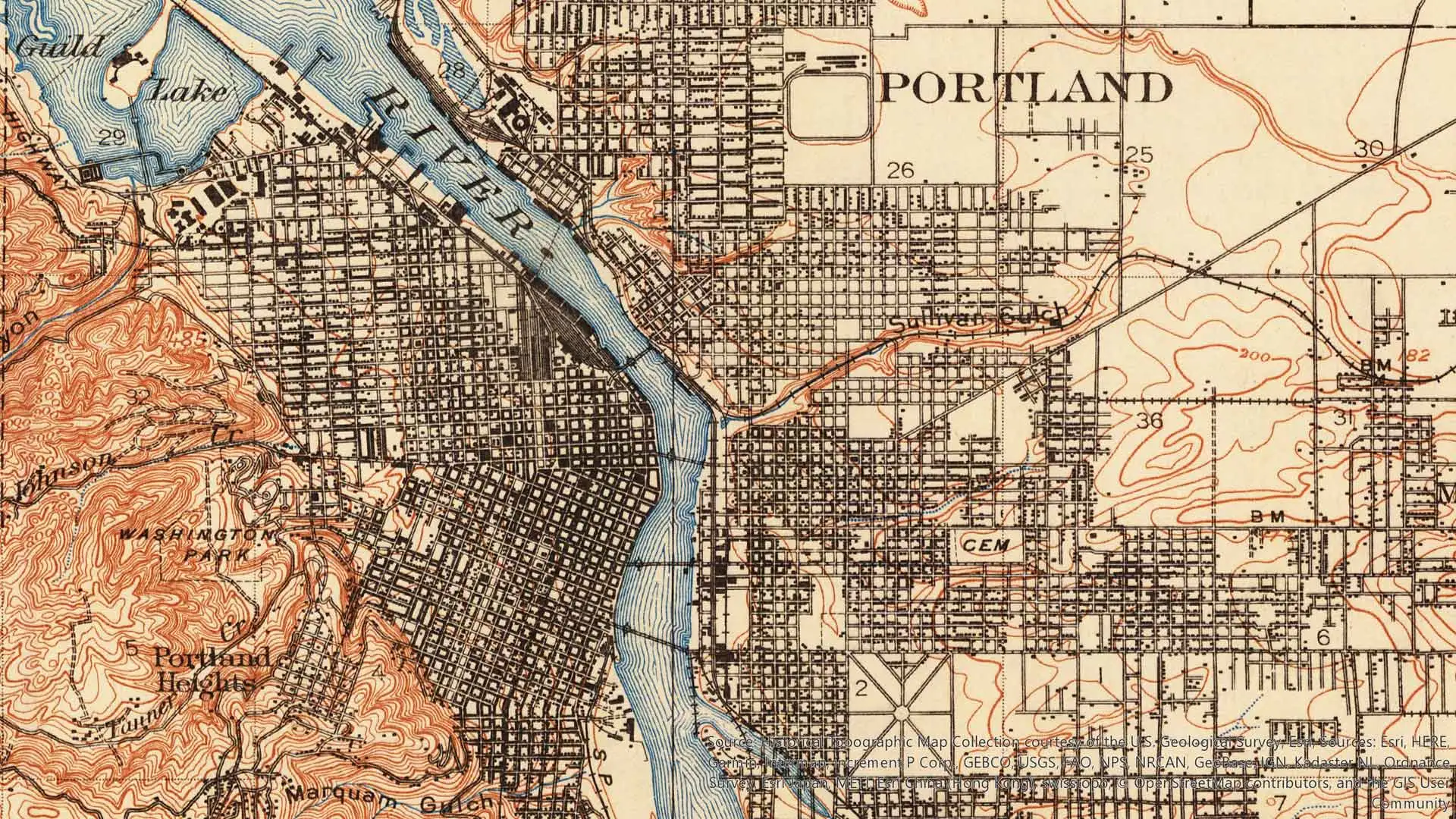ArcGIS Training - Information, Fee, Syllabus.
Value Addition Course
Offline
Online
Duration: 40 Hours
ArcGIS Training Information
Course Title: Working with ArcGIS Desktop
Duration: 40 Hours
Training Modes: Offline/Online/Hybrid |Full Time/Part-time
Timing: Min 3 hours/day | Max 8 hours/day
ArcGIS Training Eligibility
- Basic knowledge of windows operating system
- Understanding of GIS fundamental concepts
ArcGIS Training Overview
ESRI ArcGIS popular tool to perform GIS related task for various application. ArcGIS skills are most essential and demanding skills asked in GIS and its application related jobs.
This course teaches from fundamentals of ArcMap ArcCatalog, ArcScene, and ArcGlobe as well as, through hands-on exercises on how to create, edit, manage, and analyze mapping spatial data. This includes geodatabase creation, georeferencing, digitization, topology, gis analysis using geoprocessing tools, thematic mapping, symbology, map layout composition.
Learning Objectives of ArcGIS Training
- Describe functionality and uses of the ArcMap, ArcCatalog, ArcGlobe, ArcScene, ArcExplorer ArcGIS Online interface.
- Inspect and assign coordinate system to an layer, dataset, and data frame, explain how to specify a coordinate system in ArcGIS when creating a new or editing an existing feature class or feature dataset
- Differentiate between changing a dataset’s assigned coordinate system and re-projecting the data
- Exploring various GIS data file formats in ArcGIS
- Understand appropriate specifications for creating a new geodatabase feature class, feature dataset, and feature table
- Understand the appropriate loading process, tools, and environment for loading data into a feature class or table and validating the success of the data load
- Register or geo-reference raster images, evaluate whether results of geo-referencing error are acceptable and RMS errors
- Design and apply different types of geodatabase domains and subtypes
- Perform digitizing, editing in geo-database and other files formats, make use appropriate snapping
- Create and apply different types of Symbology and annotation
- Perform complex Spatial analysis and geo-processing and understand various analysis tools to solve the problem
- Explain considerations for sharing MXDs between workstations
- Set up a page layout, determine the legend content and settings, which layout elements to include, and appropriate reference scale

